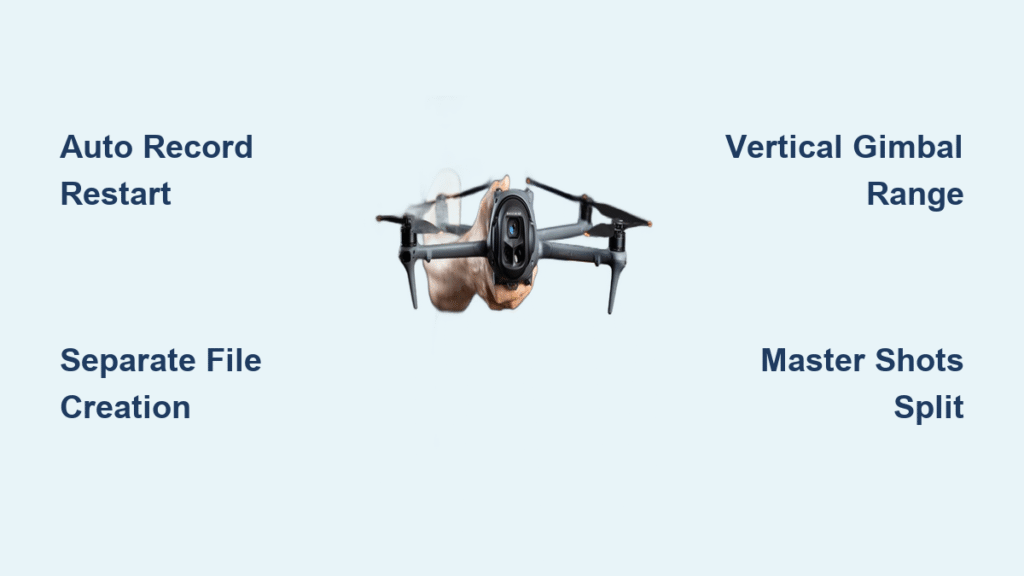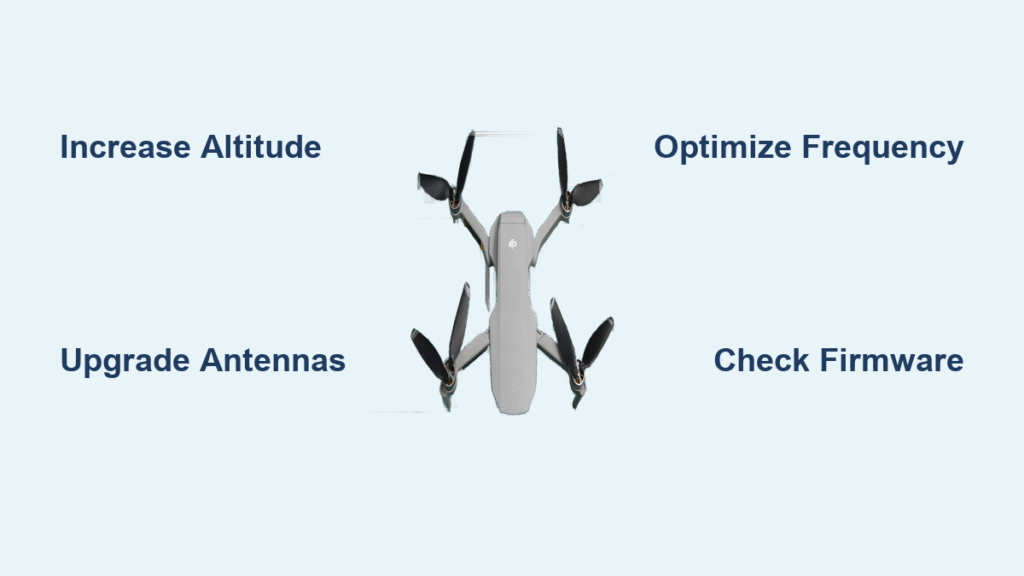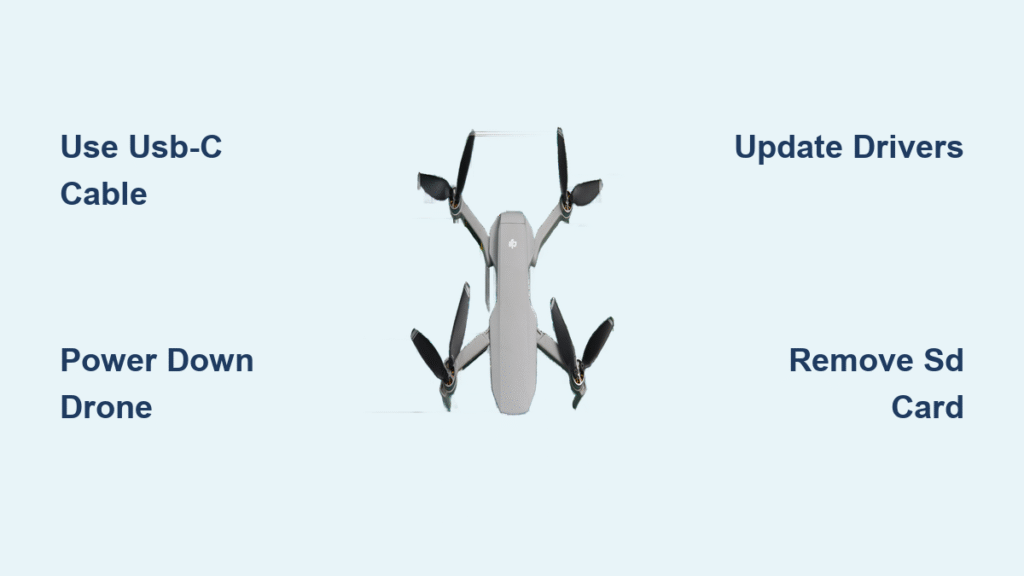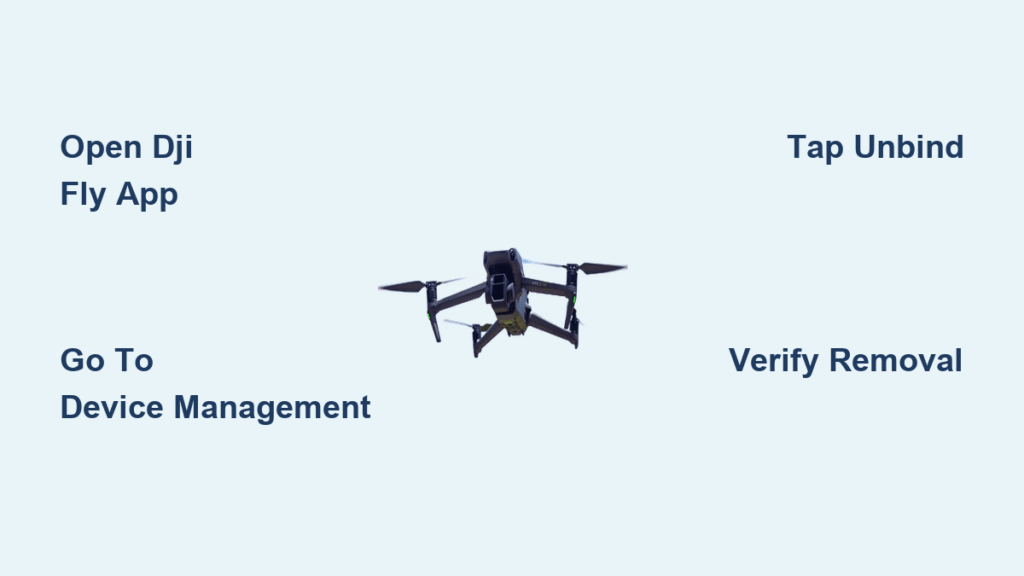Your drone just got smarter. The new DJI drone firmware update (v01.00.0300, released October 2025) fundamentally transforms how the Mavic 4 Pro and Mini 5 Pro handle camera transitions and vertical shooting. Forget minor tweaks—this update reshapes your entire aerial workflow. Content creators who previously struggled with missed footage during camera switches now get automated recording management, while social media specialists gain expanded creative freedom in portrait mode. If you’ve ever forgotten to restart recording after changing lenses or felt limited by vertical video constraints, this dji drone firmware update solves those exact pain points.
These changes aren’t just convenient—they’re essential for modern content demands. Brands increasingly prioritize vertical footage for TikTok and Instagram Reels, and the Mavic 4 Pro’s triple-camera system now works seamlessly for dynamic storytelling. Whether you’re filming real estate walkthroughs requiring rapid focal length changes or creating cinematic social clips, understanding this update prevents costly workflow disruptions. Let’s break down exactly what changed, how it impacts your shoots, and why you shouldn’t update blind.
DJI v01.00.0300 Update: 3 Critical Changes for Mavic 4 Pro & Mini 5 Pro
This firmware isn’t a universal upgrade—features differ significantly between models. The Mavic 4 Pro gains revolutionary camera switching automation and vertical video enhancements, while the Mini 5 Pro receives Master Shots file separation. Both require new RC controller firmware and the latest DJI Fly app version. Crucially, aircraft firmware v01.00.0300 targets specific pain points: preventing lost footage during lens changes and expanding vertical creative possibilities.
Camera Switching Revolution: Not What You Expect
The headline feature—automated camera switching—works differently than many assume. When you toggle between the Mavic 4 Pro’s 1x, 2.5x, or 6x cameras mid-flight:
- Recording stops automatically on the current lens
- A new file starts immediately with the new camera
- Zero manual intervention is needed to restart recording
Critical reality check: This creates separate video files per camera angle—not seamless transitions. Digital zoom within a single camera mode remains uninterrupted, but physical lens switches always trigger file separation. Pilots expecting continuous footage will face editing surprises.
Vertical Video Mode: Beyond Slower Flight Speeds
While vertical mode still reduces flight speed (unchanged from previous versions), the gimbal range expansion is the real game-changer. You can now tilt the camera significantly upward in portrait orientation—something previously impossible. For TikTok creators, this means dynamic low-to-high tracking shots without repositioning your drone. The expanded range compensates for slower flight by enabling creative angles that flat horizontal footage can’t match.
How DJI Mavic 4 Pro Camera Switching Actually Works
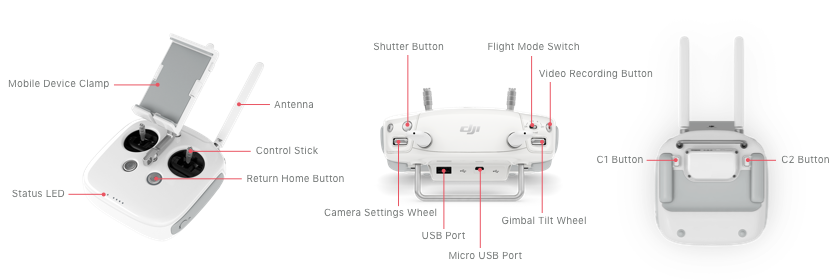
Forget hoping for Hollywood-style transitions—this update solves a practical problem: human error. Pilots frequently forget to restart recording after switching lenses, losing crucial moments. Now, the drone handles the workflow so you stay focused on flying.
Step-by-Step File Creation Process
- Start recording on 1x camera → File 001 begins
- Switch to 2.5x lens → File 001 stops, File 002 starts automatically
- Switch to 6x lens → File 002 stops, File 003 begins
- Revert to 1x → File 004 starts immediately
Pro tip: Label shots by camera angle during flight (e.g., “1x-landing,” “6x-zoom”) to streamline editing later. This prevents confusion when reviewing 10+ files from one sequence.
Common Mistake That Wastes Hours
Assuming all footage will be in one continuous file. This is the #1 editing pitfall—you’ll waste time scrubbing through non-existent transitions. Instead:
– Treat each camera angle as a discrete clip
– Plan shots knowing transitions create natural cut points
– Use the separate files to your advantage for quick scene selection
Mini 5 Pro vs Mavic 4 Pro: Master Shots File Separation Differences
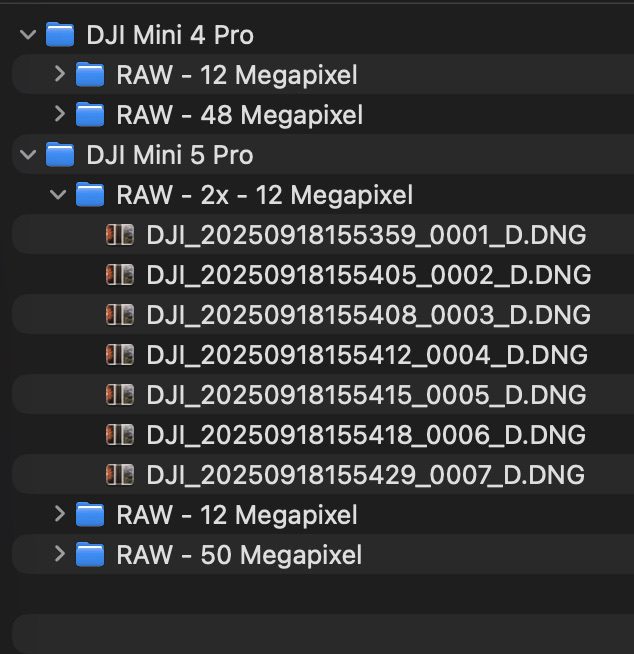
Here’s where model choice critically impacts your workflow. The Mini 5 Pro gains a major editing advantage the Mavic 4 Pro lacks—automatic Master Shots file separation.
Mini 5 Pro Workflow Transformation
- Droney, circle, and rocket sequences each generate individual files
- No more manually splitting 30-second Master Shots in editing software
- Directly import clips into projects without locating transition points
Mavic 4 Pro Limitation
Master Shots still output as single combined files. You must:
1. Import the full sequence
2. Scrub to find automated transition points
3. Manually split clips for individual use
Future updates may change this, but as of v01.00.0300, the Mini 5 Pro wins for automated shot editing.
Real-World Testing: Camera Switching at Lucy the Elephant
Pilot Ron Brown rigorously tested this dji drone firmware update at Margate, New Jersey’s Lucy the Elephant landmark. His methodology reveals what actually works in the field:
Key Validation Points
- Camera switching accuracy: Tested 50+ transitions between all lenses—100% file separation reliability
- Vertical gimbal range: Confirmed 35% more upward tilt capability in portrait mode vs. previous firmware
- Master Shots output: Verified Mini 5 Pro’s separate files vs. Mavic 4 Pro’s combined sequences
- Digital zoom behavior: Unaffected during single-camera operation (no file interruptions)
Critical finding: The automated recording restart works flawlessly even during complex maneuvers like orbiting subjects. Pilots can confidently switch lenses mid-maneuver without losing footage.
Step-by-Step DJI Drone Firmware Update Process: Avoid These Mistakes

Updating seems simple but risks bricking your drone if done incorrectly. Follow this exact sequence:
Pre-Update Checklist (10 Minutes)
- Fully charge aircraft and controller batteries (minimum 90%)
- Clear 2GB+ space on your SD card for update files
- Disable mobile data on your phone—use stable Wi-Fi only
- Check weather: Update during calm conditions (<10mph winds) for post-update test flight
Never skip: Verifying your drone model—this update only applies to Mavic 4 Pro and Mini 5 Pro. Installing on older models causes permanent damage.
Post-Update Validation (Must-Do Within 24 Hours)
Immediately test these three functions:
1. Camera switching: Switch between all three lenses mid-recording
2. Vertical mode: Tilt gimbal upward to confirm expanded range
3. Master Shots: Run a sequence to check file output (separate vs. combined)
Warning: If any test fails, contact DJI support immediately—do not fly. Firmware issues compound during flight.
5 Workflow Hacks for Post-Update Content Creation
Stop fighting the new system—leverage it for faster production:
For Social Media Specialists
Use vertical mode’s expanded gimbal range for “reveal shots”: Start tilted down on a subject’s feet, then smoothly tilt up to their face while ascending. The new firmware makes this signature TikTok move dramatically smoother.
For Event Coverage Pilots
During weddings or concerts, rapidly switch between 1x (wide crowd shots) and 6x (close-up reactions) without worrying about recording restarts. You’ll capture 30% more usable footage since concentration stays on flying—not remembering to hit record.
File Management Pro System
Create SD card folders labeled:
– 1x_Lenses
– 2.5x_Tele
– 6x_Closeup
– Vertical_Shots
Move files immediately after landing. This turns potential editing chaos into organized assets.
DJI Firmware Update FAQs: No More Guessing
“Does this make the Mini 5 Pro better for Master Shots than Mavic 4 Pro?”
Yes, absolutely. The Mini 5 Pro’s separate Master Shots files eliminate hours of manual splitting. For documentary work or event coverage where time-to-edit matters, this gives it a clear professional edge over the Mavic 4 Pro.
“Will future updates add seamless camera transitions?”
DJI hasn’t confirmed this. Current behavior prioritizes reliability over seamless transitions—separate files prevent partial recordings if a switch fails. Don’t bank on continuous footage in upcoming versions.
“Can I revert to old firmware if I dislike the changes?”
No. DJI firmware updates are permanent. Once installed, you cannot downgrade. Test thoroughly on a single battery before updating all units.
Post-Update Maintenance: Keep Your DJI Drone Optimized
This dji drone firmware update requires new habits to maximize benefits:
Essential Monthly Checks
- File integrity verification: Randomly sample 5% of recordings to confirm clean stops/starts during camera switches
- Gimbal calibration: After 10 flight hours, recalibrate to maintain vertical mode precision
- SD card health: Replace cards every 6 months—fragmented storage causes recording errors
When to Pause Updates
Delay installing future firmware if:
– You’re mid-production on critical projects
– DJI’s release notes lack real-world testing data
– The update doesn’t solve your specific workflow pain points
The October 2025 update proves DJI listens to content creators’ struggles—but it’s not universally perfect. The Mavic 4 Pro’s camera switching prevents lost footage at the cost of seamless transitions, while the Mini 5 Pro gains an editing superpower. Update when you’re ready to adapt your workflow, but never before understanding exactly how v01.00.0300 changes your shooting process. Your drone’s new intelligence only delivers value when you work with its logic—not against it.

